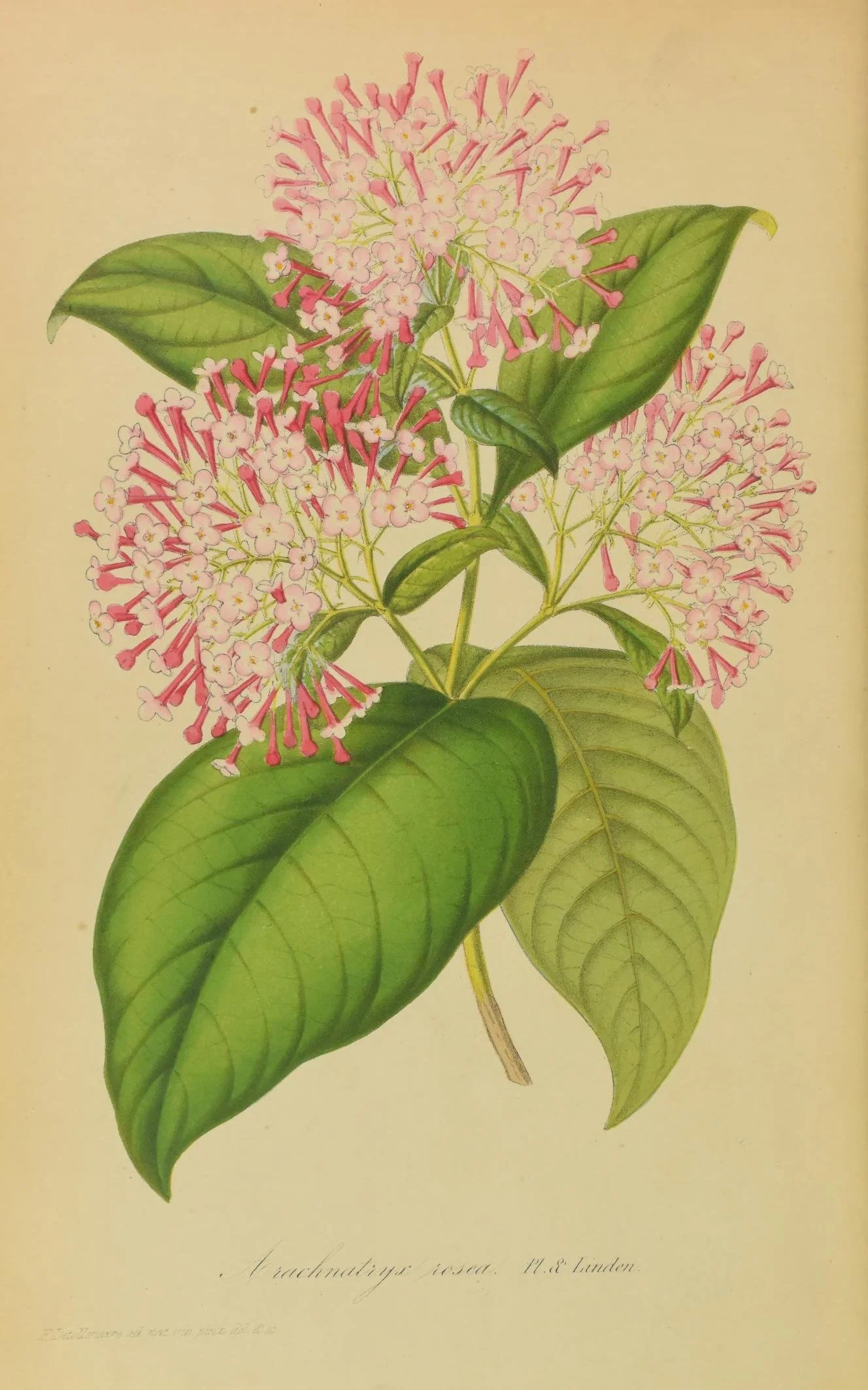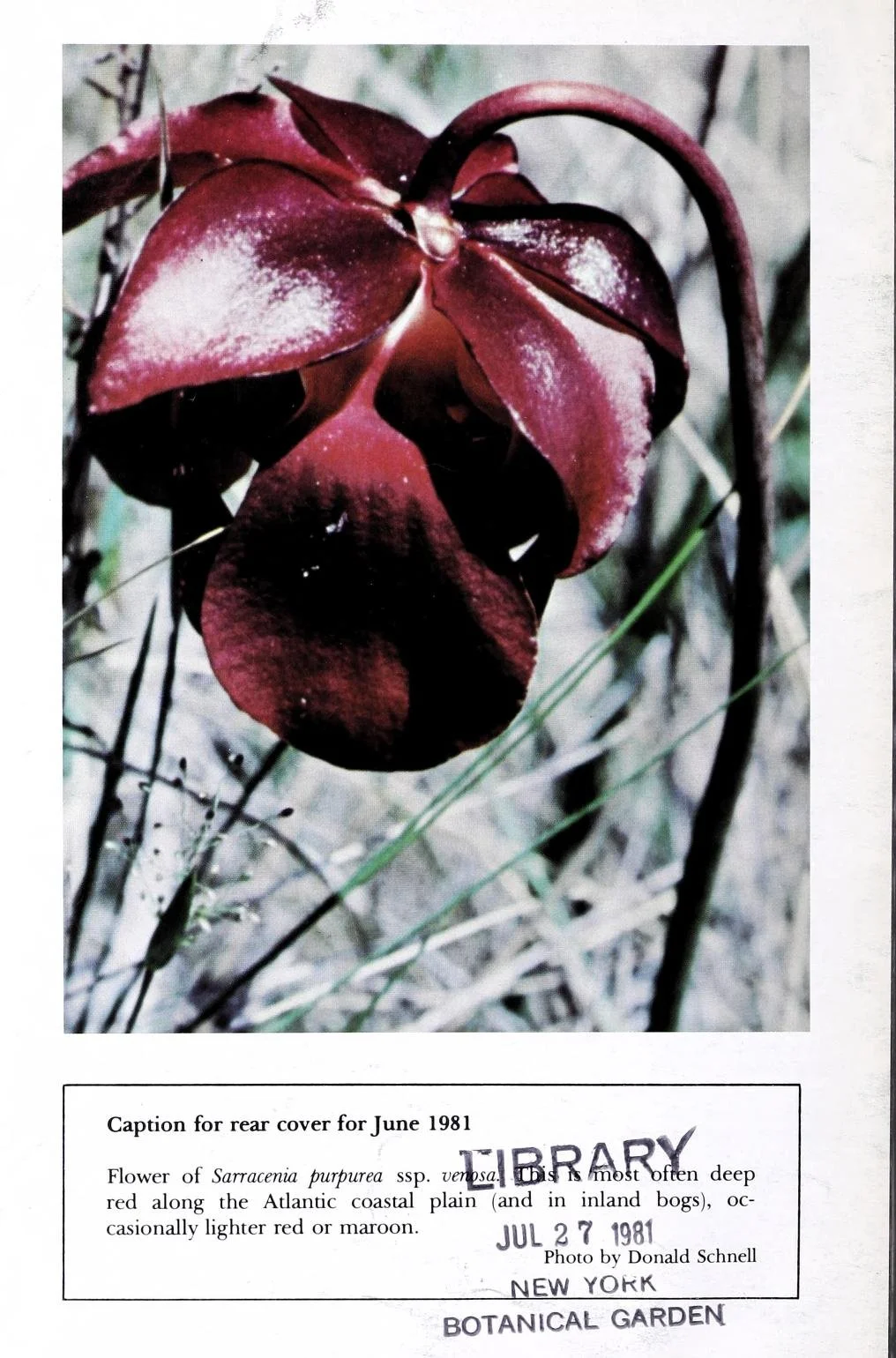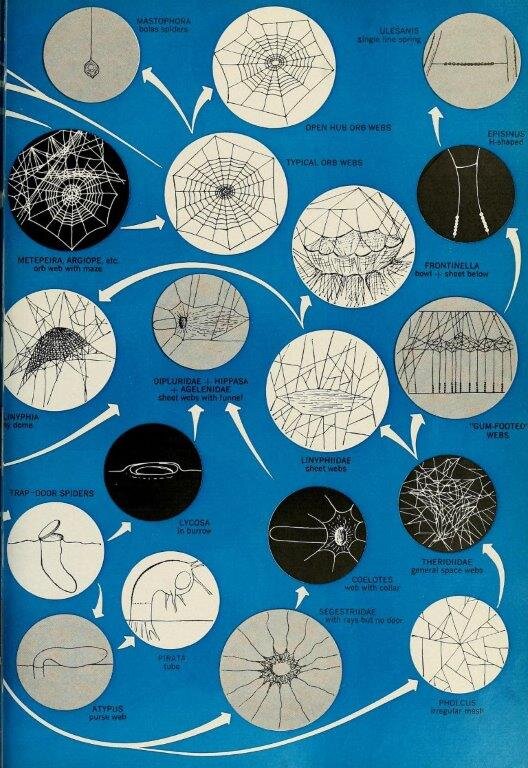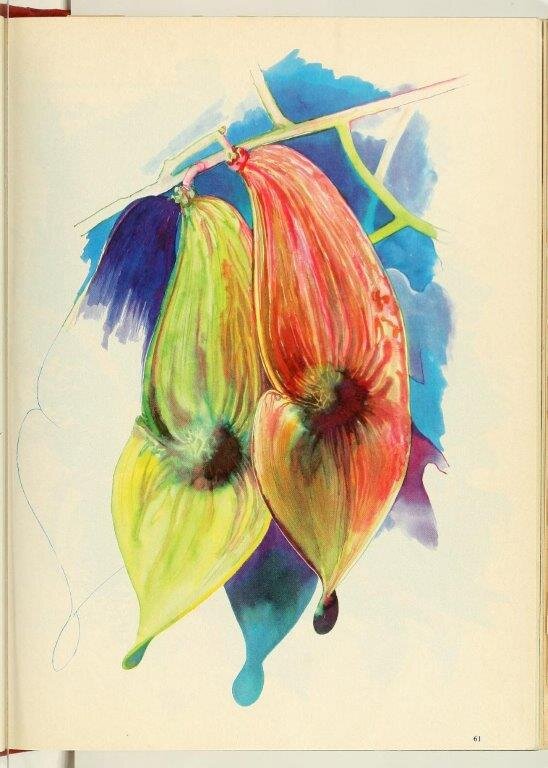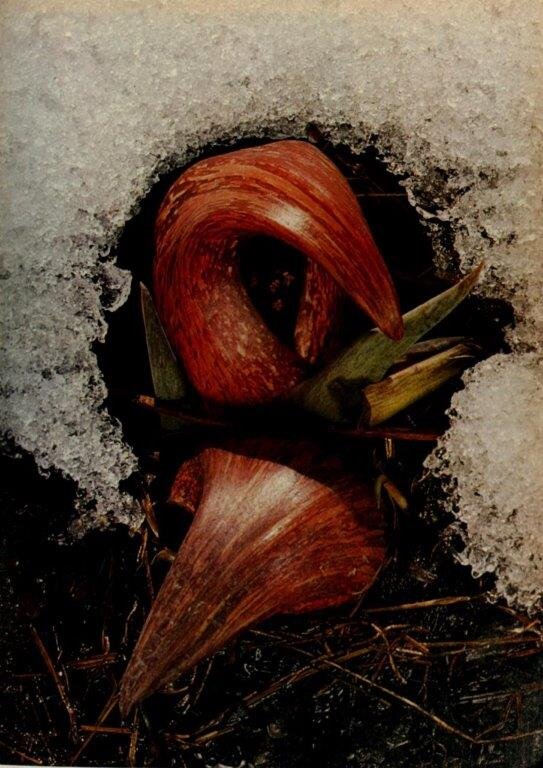eBotanical Prints – December 2025
/Twenty more books were added to my botanical print eBook collection in December – all are available for browsing on Internet Archive. I started working my way through the Carnivorous Plant Newsletters in December; there are 4 volumes per year so I only browsed the first ones from the first half of the 1980s; I’ll continue browsing this periodical in January.
My list of eBotanical Prints books now totals 3,263 eBooks I’ve browsed over the years. The whole list can be accessed here.
Click on any sample image from December’s 20 books below to get an enlarged version…and the title hyperlink in the list below the image mosaic to view the entire volume where there are a lot more botanical illustrations to browse.
Enjoy the December 2025 eBotanical Prints!
Hortus Lindenianus : recueil iconographique des plantes nouvelles introduites par l'établissement * Linden, Jean Jules * sample image * 1859
Indicateur de Maine et Loire V2 * Millet de La Turtaudière, Pierre-Aimé * sample image * 1864
Carnivorous plant newsletter v.10:no.1 (1981) * California State University, Fullerton. Arboretum * sample image * 1981
Carnivorous plant newsletter v.10:no.2 (1981) * California State University, Fullerton. Arboretum * sample image * 1981
Carnivorous plant newsletter v.10:no.3 (1981) * California State University, Fullerton. Arboretum * sample image * 1981
Carnivorous plant newsletter v.10:no.4 (1981) * California State University, Fullerton. Arboretum * sample image * 1981
Carnivorous plant newsletter v.11:no.1 (1982) * California State University, Fullerton. Arboretum * sample image * 1982
Carnivorous plant newsletter v.11:no.2 (1982) * California State University, Fullerton. Arboretum * sample image * 1982
Carnivorous plant newsletter v.11:no.3 (1982) * California State University, Fullerton. Arboretum * sample image * 1982
Carnivorous plant newsletter v.12:no.1 (1983) * California State University, Fullerton. Arboretum * sample image * 1983
Carnivorous plant newsletter v.12:no.2 (1983) * California State University, Fullerton. Arboretum * sample image * 1983
Carnivorous plant newsletter v.12:no.3 (1983) * California State University, Fullerton. Arboretum * sample image * 1983
Carnivorous plant newsletter v.12:no.4 (1983) * California State University, Fullerton. Arboretum * sample image * 1983
Carnivorous plant newsletter v.13:no.1 (1984) * California State University, Fullerton. Arboretum * sample image * 1984
Carnivorous plant newsletter v.13:no.2 (1984) * California State University, Fullerton. Arboretum * sample image * 1984
Carnivorous plant newsletter v.13:no.3 (1984) * California State University, Fullerton. Arboretum * sample image * 1984
Carnivorous plant newsletter v.13:no.4 (1984) * California State University, Fullerton. Arboretum * sample image * 1984
Carnivorous plant newsletter v.14:no.1 (1985) * California State University, Fullerton. Arboretum * sample image * 1985
Carnivorous plant newsletter v.14:no.2 (1985) * California State University, Fullerton. Arboretum * sample image * 1985
Carnivorous plant newsletter v.14:no.3 (1985) * California State University, Fullerton. Arboretum * sample image * 1985

